We believe in the power of self-expression and offer programs that provide creative outlets. We also recognize the importance of dialogue between veterans and civilians.
Our touring art program, spanning the Southeast United States, fosters this dialogue while reinforcing our shared human experience. It supports veterans, civilians, local nonprofits, and businesses, emphasizing our interconnectedness and the responsibility and support we owe each other.

We do this by selecting specific cities, interviewing local veterans from those cities, then having local civilian writers write that story. After it has been written, local artists create a work based off of the story they’re given.
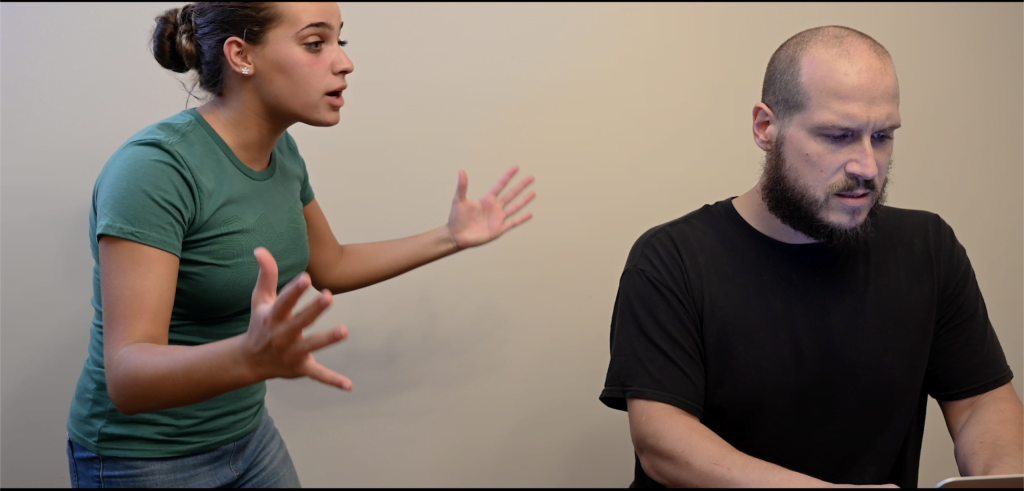
This helps our veterans on a few different levels. The first is that telling your story to someone you don’t know allows for the sort of agency that brings forth bare honesty. This is important to all involved, be they friend or family, but also for the veteran themself, as having the fortitude to tell their story is an obvious sign of strength. It also allows for conversations to open up, which bring support, understanding, patience, and a sense of belonging. And there’s also the echo of accomplishment in their future, knowing that they used their courage and personal experience to help benefit their brothers and sisters in arms, as well as society as a whole. In other words, we give the veterans an opportunity to seize the power and responsibility that comes from the character building experiences through which they’ve lived. They also get a high resolution print on canvas of a chosen work of art from the show.
The civilian writers and artists are also given a chance to participate, which brings its own rewards. It takes effort to understand another person, let alone someone you’d just met. But there’s nobility in the attempt. What’s more, they are given the chance to celebrate their relationships with the world by applying their craft to a shared experience that brings us all together.
With the book we create from the show, where the writing is juxtaposed to the art, with the artists’ statements in the back, the amount of exposure that comes with a touring art exhibit is priceless. This is underscored all the more when the book is adopted by the Library of Congress. The artists also get 40% of the winning bid for their auctioned work. And once we have reached our budgetary goals, the artists will also be paid. And those that buy the book can bring the show home with them.
We even partner with local businesses in the area to give them the ability to show active support for the veterans, writers, and artists in their city.
In other words, Bullets and Bandaids literally benefits everyone involved.
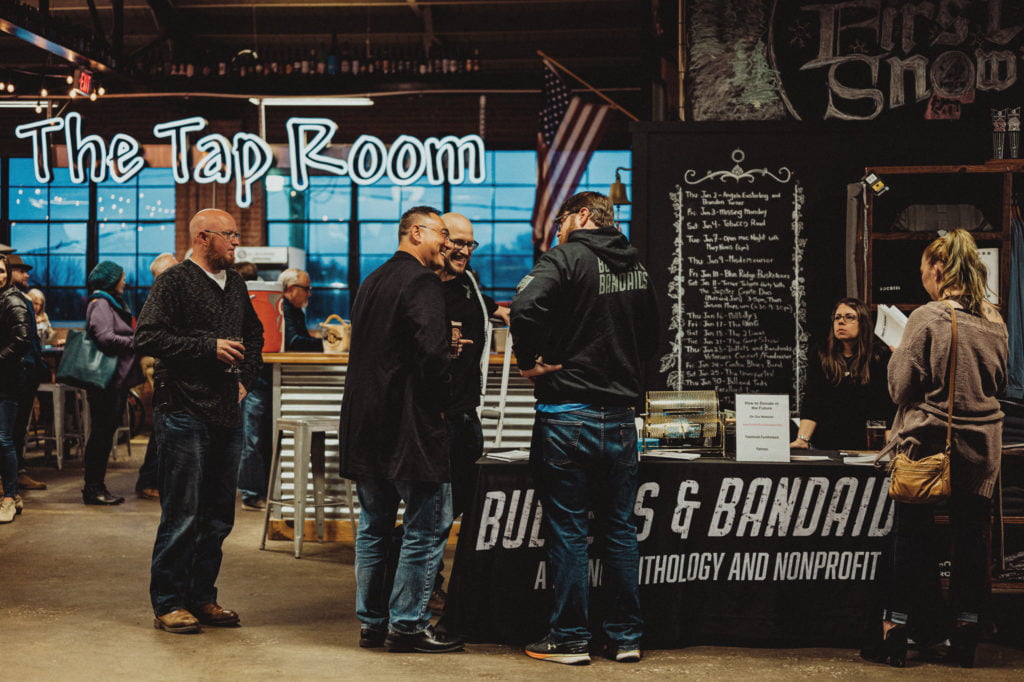
So there’s a conversation happening on a local level. Beyond that, and given that we are entirely about social cohesion, we also partner up with other veteran-centric nonprofits in the selected areas we cover, ensuring that our veteran participants are presented with the options that are immediately available to them.
We also tour those cities involved, highlighting that those conversations were not limited to being local.
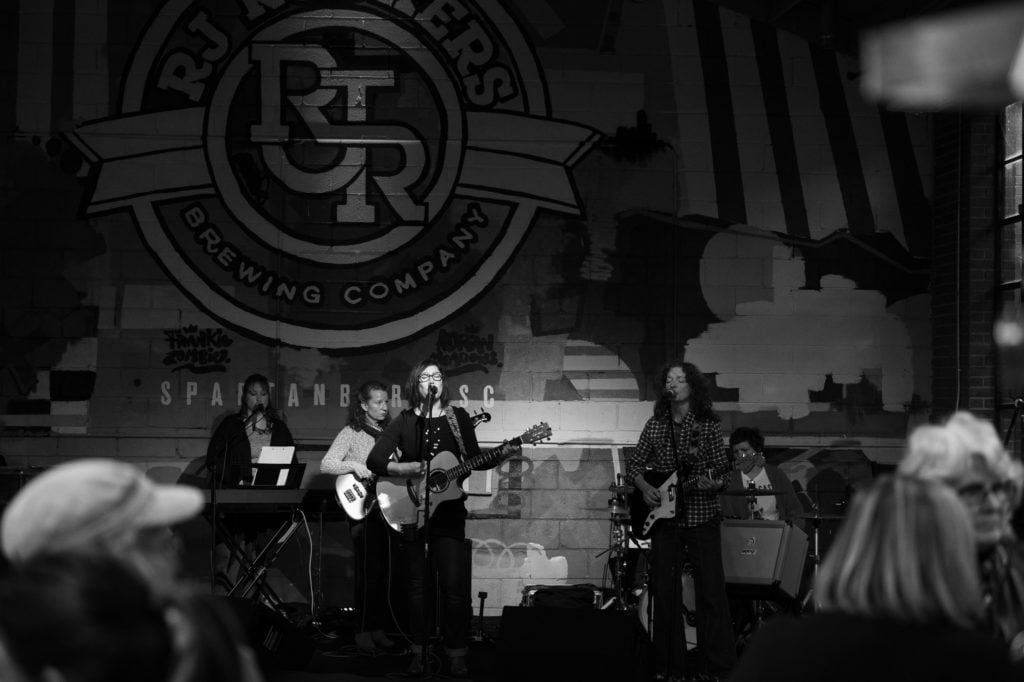
This also helps support local businesses through sponsorship, further tying in and bolstering community development and cohesion. And with a book printed out that contains the entire show, from story to artwork to artist’s statement, placed in the Library of Congress, we ensure inspiration and discussion long into the future.
Through the effort, dialogue, and collaboration that happens when we execute the touring art exhibit, we find that our experiences are tied together and relatable, even from opposite ends of religion or politics. We achieve this through the poignant nature of veterans’ stories, where those things that would otherwise seem mundane might burst from the page or canvas. These exhibits, these expressions, are a celebration that we, veteran and civilian alike, are all in this together, and that this understanding comes with both support for ourselves and responsibility for those around us.
And we go even further.
We are separated from one another by more than just social stigma. We are separated by language and culture. By geography and time. By hurt and distrust and misunderstanding. But that doesn’t define what makes a human.
For this reason, we also invite those from outside the United States to participate, reinforcing on a massive scale that we are all in this together. That in the midst of our struggle against one another, we, in fact, have more in common than not.
Through this understanding, we don’t reach dozens or even hundreds of people.
We reach the world.
Veteran Reaches out. Shortened version of what the process looks like when start the process of working with the veteran. We can mention that the veteran doesn’t pick the writer or artist.
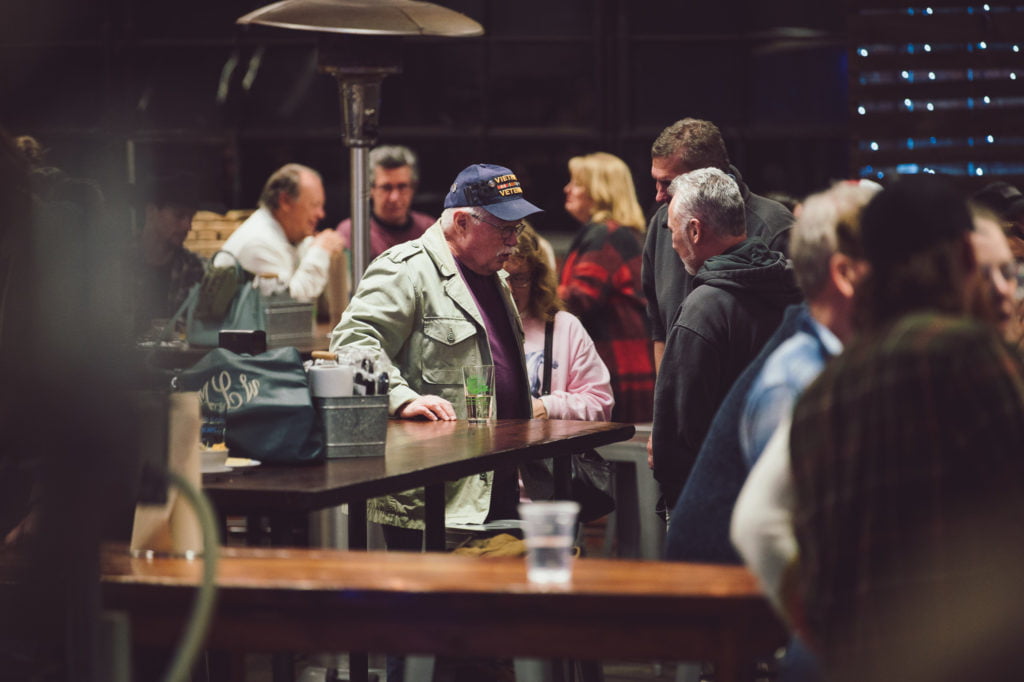
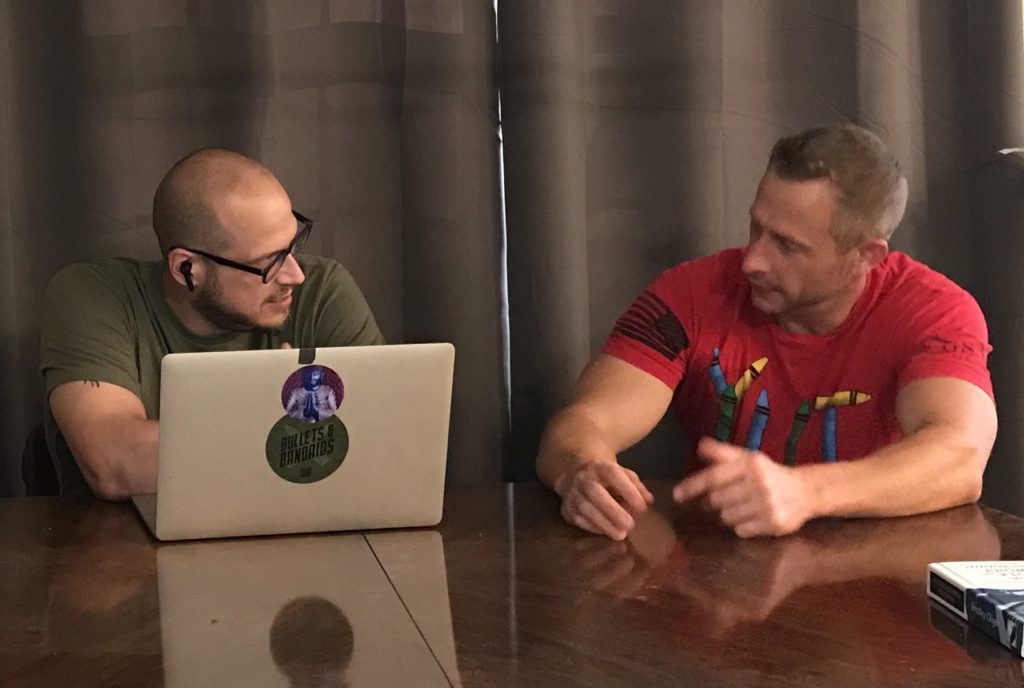
Veteran is paired with Writer. Shortened version of what the process looks like when our veterans is collaborating with the civilian Writer.
Veteran and Writer are paired with Artist. Shortened version of what the process looks like when our veterans is collaborating with the civilian artist.

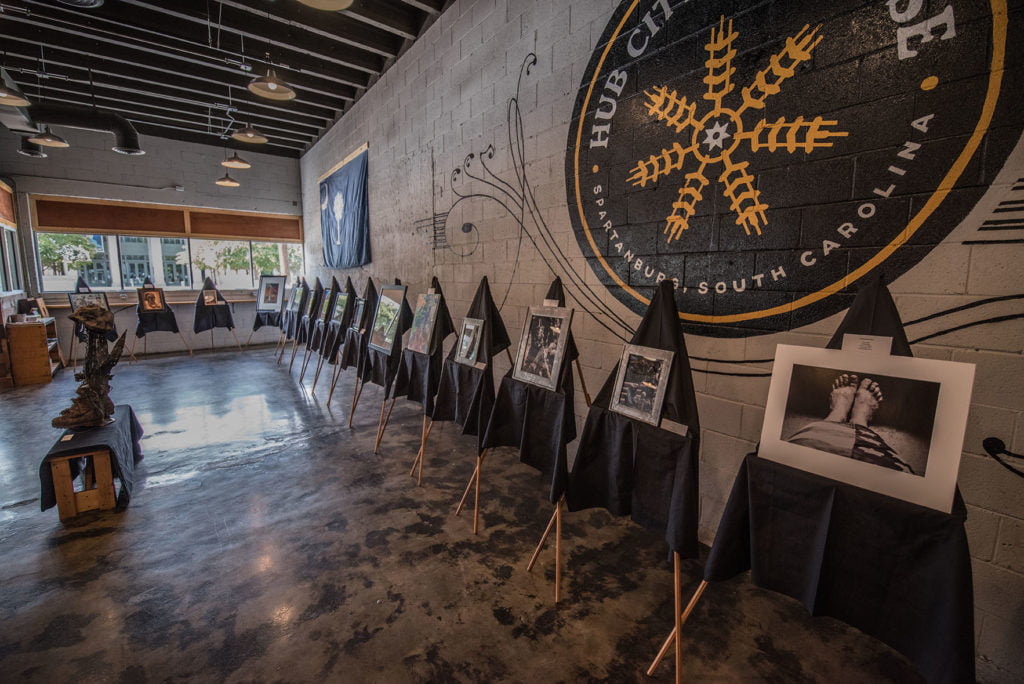
Art is completed. Once we have collected the work we take him resolution photographs of each piece and start creating the show book. Once we have enough pieces for the show. We start the logistical phase of putting the show and the tour together.
We host the touring show. Usually one night in each location. Can go up to 5 nights depending on the venue. we will supply this information in our emails about the shows. Make sure you catch the show when its in a city near you. Each exhibition attendee receives a book with all of the information about the art. What ti expect at the show goes here.
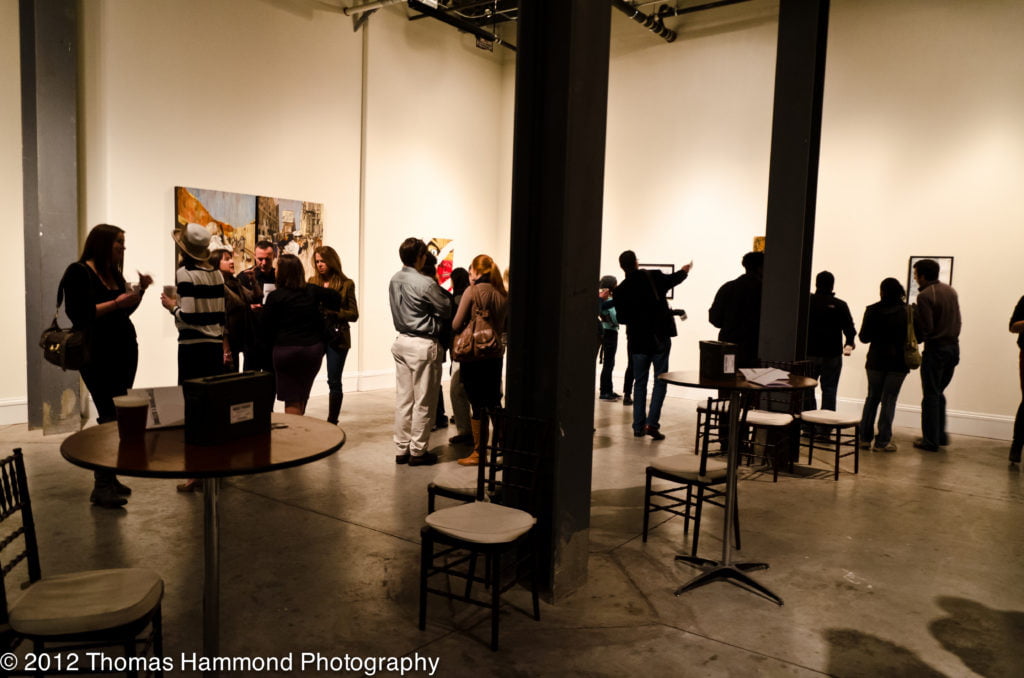
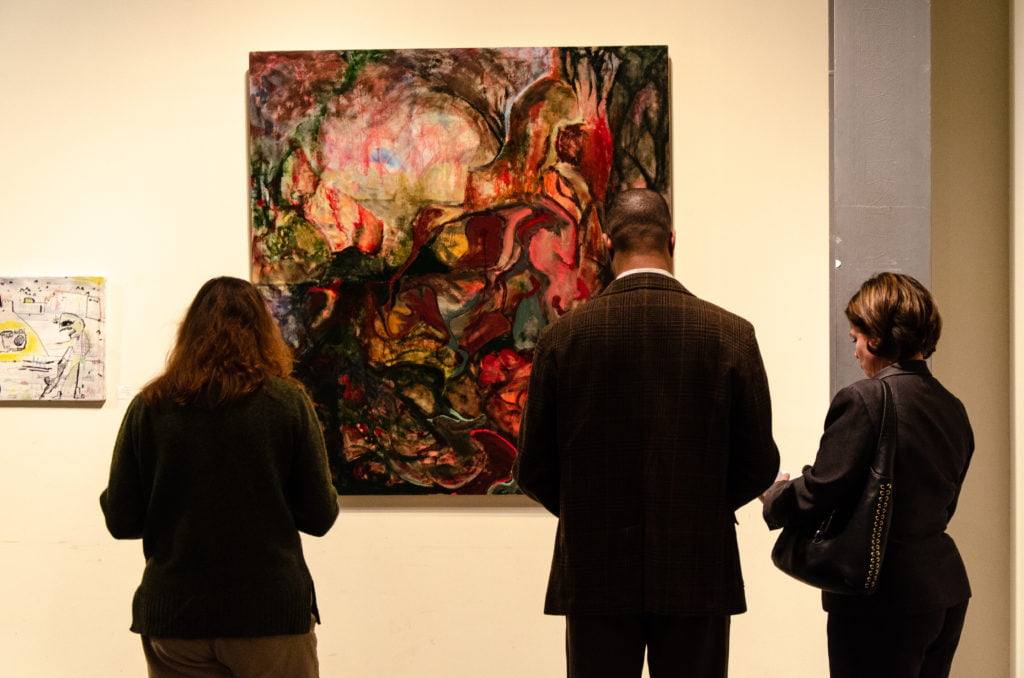
During the exhibits run and until a week after the end of the tour, we run an online auction. How the auction runs, how they sign up, when we collect the winning bids, how do we notify them that they have won.
